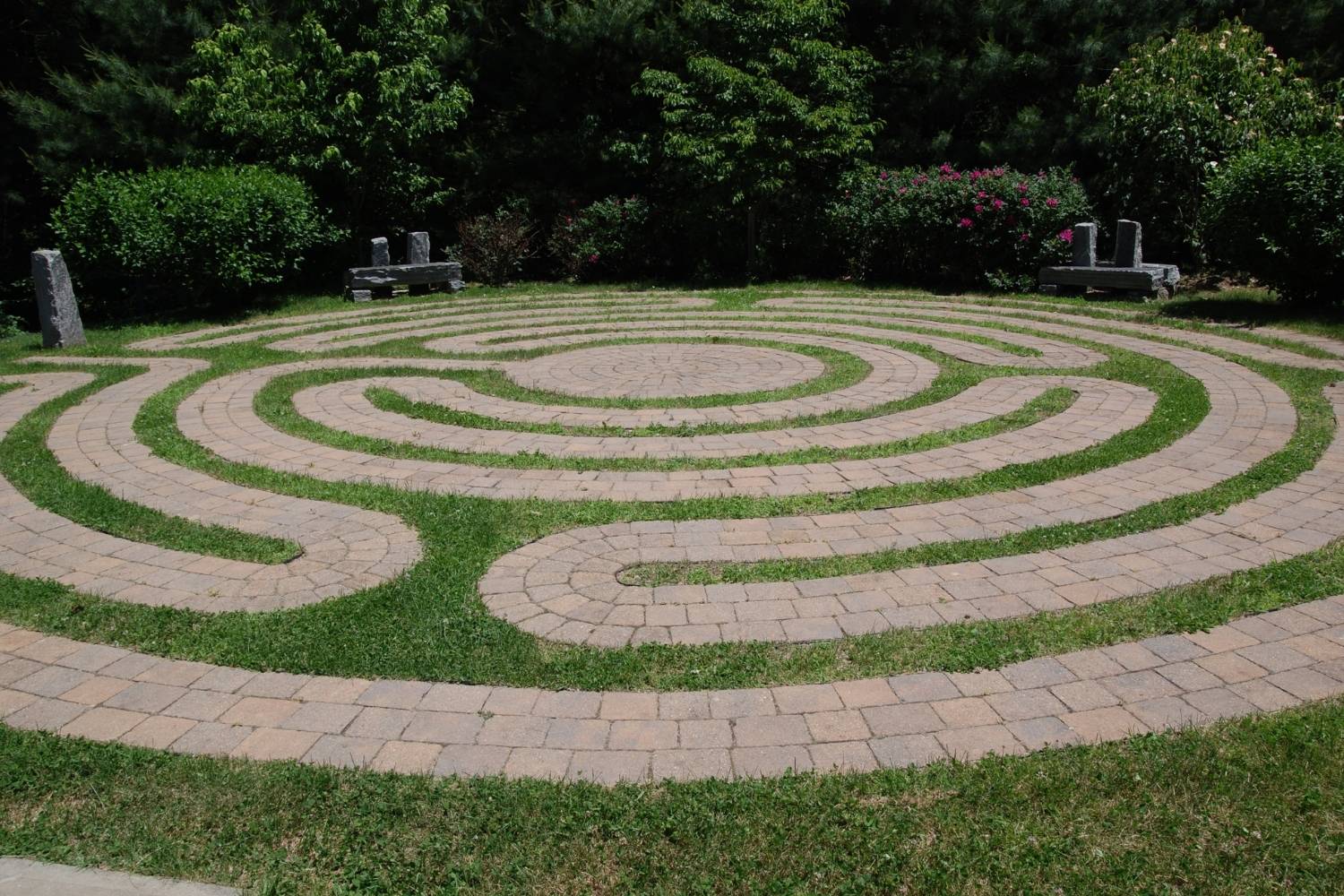Secrets Of Connecticut’s Stone Labyrinths

Have you ever wondered about the stone labyrinths scattered across Connecticut? These mysterious structures have puzzled historians and locals alike for years. Some believe they were built by Native Americans, while others think early European settlers created them. Theories even suggest ancient civilizations might have had a hand in their construction. Walking through these intricate paths, you can almost feel the weight of history beneath your feet. Whether you're a history buff or just love a good mystery, exploring these labyrinths offers a unique glimpse into the past. Ready to uncover the secrets of Connecticut's stone labyrinths? Let's dive in!
Discovering Connecticut's Stone Labyrinths
Connecticut hides a fascinating secret within its forests and fields: ancient stone labyrinths. These mysterious structures, often overlooked, offer a glimpse into the past. Let's explore some of the most intriguing stone labyrinths in Connecticut.
1. Gungywamp
Gungywamp, located in Groton, is one of Connecticut's most enigmatic sites. This area features stone chambers, walls, and a double circle of stones. The origins of Gungywamp remain a mystery, with theories ranging from Native American to colonial settlers. Walking through this labyrinth feels like stepping back in time.
2. The Upton Chamber
The Upton Chamber in Upton, Massachusetts, is just a short drive from Connecticut. This underground stone chamber is one of the largest and best-preserved in New England. Its purpose remains unknown, but some believe it was used for ceremonial or astronomical purposes. The chamber's construction is a marvel of ancient engineering.
3. The West Woods
Located in Guilford, the West Woods is home to several stone structures, including a labyrinth. These structures are scattered throughout the forest, creating an air of mystery. The labyrinth here is thought to have been used by early settlers or Native Americans for spiritual or practical purposes.
4. The Dolmen at North Stonington
North Stonington boasts a fascinating stone structure known as the Dolmen. This large, flat stone rests on smaller stones, creating a table-like formation. The purpose of the Dolmen is unclear, but it is believed to have been used for rituals or as a marker. The surrounding area is dotted with other stone formations, adding to the intrigue.
5. The Stone Chambers of Kent
Kent, Connecticut, is home to several stone chambers that have puzzled historians for years. These chambers, built into hillsides, resemble small stone houses. Their origins and purposes remain a mystery, but they are thought to date back to the colonial period or earlier. Exploring these chambers is like uncovering a hidden piece of history.
6. The Mystery Hill
Mystery Hill, also known as America's Stonehenge, is located in Salem, New Hampshire, but it's worth the trip from Connecticut. This site features a complex of stone structures, including a labyrinth. The origins of Mystery Hill are debated, with theories ranging from ancient Native American to European settlers. The labyrinth here is a highlight, offering a unique glimpse into the past.
7. The Stone Labyrinth at Enders Island
Enders Island in Mystic, Connecticut, features a modern stone labyrinth inspired by ancient designs. This labyrinth, located on the grounds of a retreat center, offers a peaceful place for reflection and meditation. Walking the labyrinth provides a sense of connection to the ancient traditions that inspired its creation.
8. The Stone Circles of New Milford
New Milford is home to several stone circles that have intrigued researchers for years. These circles, made of carefully placed stones, are thought to have been used for ceremonial purposes. The exact origins and meanings of the stone circles remain a mystery, but they offer a fascinating glimpse into the past.
9. The Stone Walls of Madison
Madison, Connecticut, features an extensive network of stone walls that crisscross the landscape. These walls, built by early settlers, are a testament to the hard work and ingenuity of those who came before us. Some sections of the walls form labyrinth-like patterns, adding an element of mystery to the landscape.
10. The Labyrinth at St. John's Episcopal Church
St. John's Episcopal Church in Stamford, Connecticut, features a beautiful stone labyrinth on its grounds. This modern labyrinth, inspired by ancient designs, offers a place for quiet reflection and meditation. Walking the labyrinth is a peaceful experience that connects visitors to the ancient tradition of labyrinth walking.
Discovering Connecticut's Hidden Gems
Connecticut's stone labyrinths offer a unique glimpse into the past. These mysterious structures, scattered across the state, invite curiosity and exploration. Whether you're a history buff or just love a good mystery, these labyrinths provide a fascinating adventure.
Walking through these ancient paths, you can almost feel the whispers of those who built them. Each stone tells a story, and each turn brings a new question. Are they remnants of ancient rituals, markers for travelers, or something else entirely?
Visiting these sites not only connects you with history but also with nature. The serene surroundings of Connecticut's forests and fields add to the experience, making it a perfect outing for families, hikers, and anyone looking to escape the hustle and bustle.
So next time you're in Connecticut, take a detour and explore these hidden gems. You won't be disappointed.

